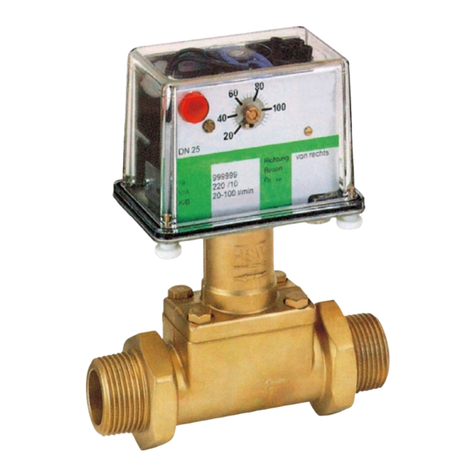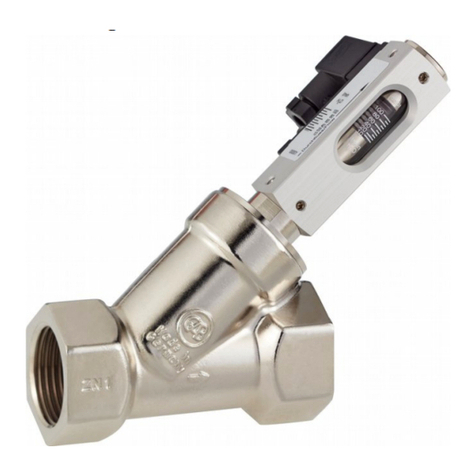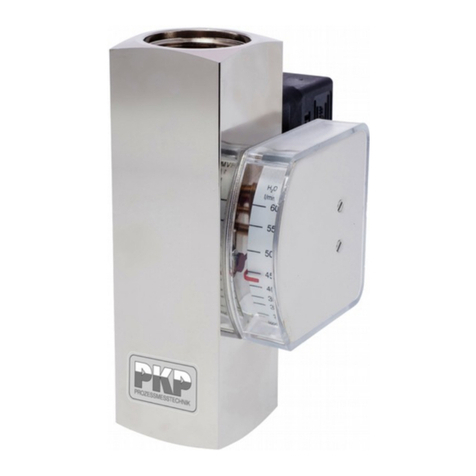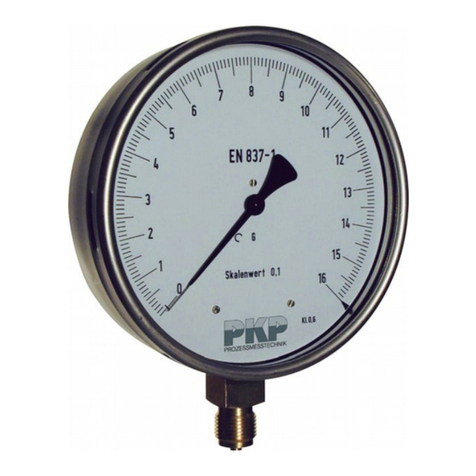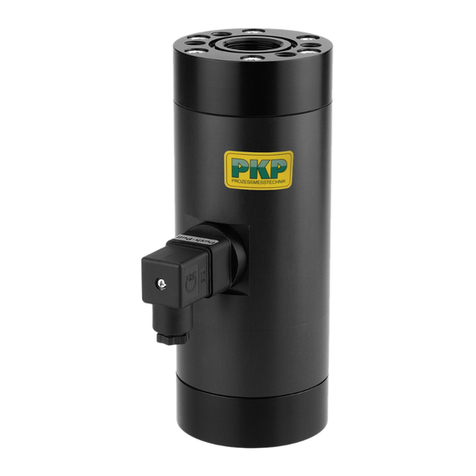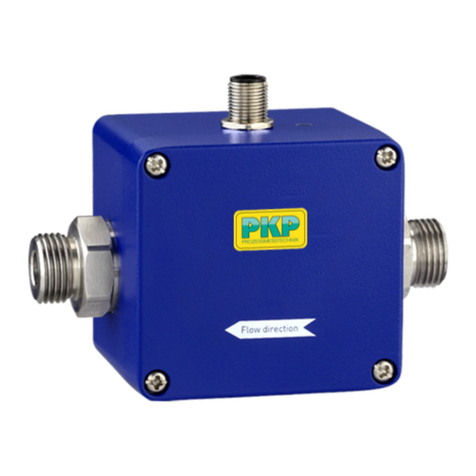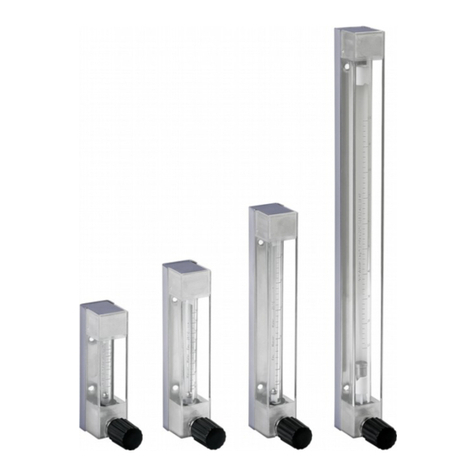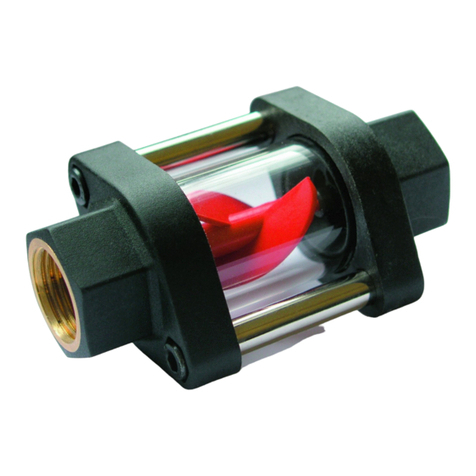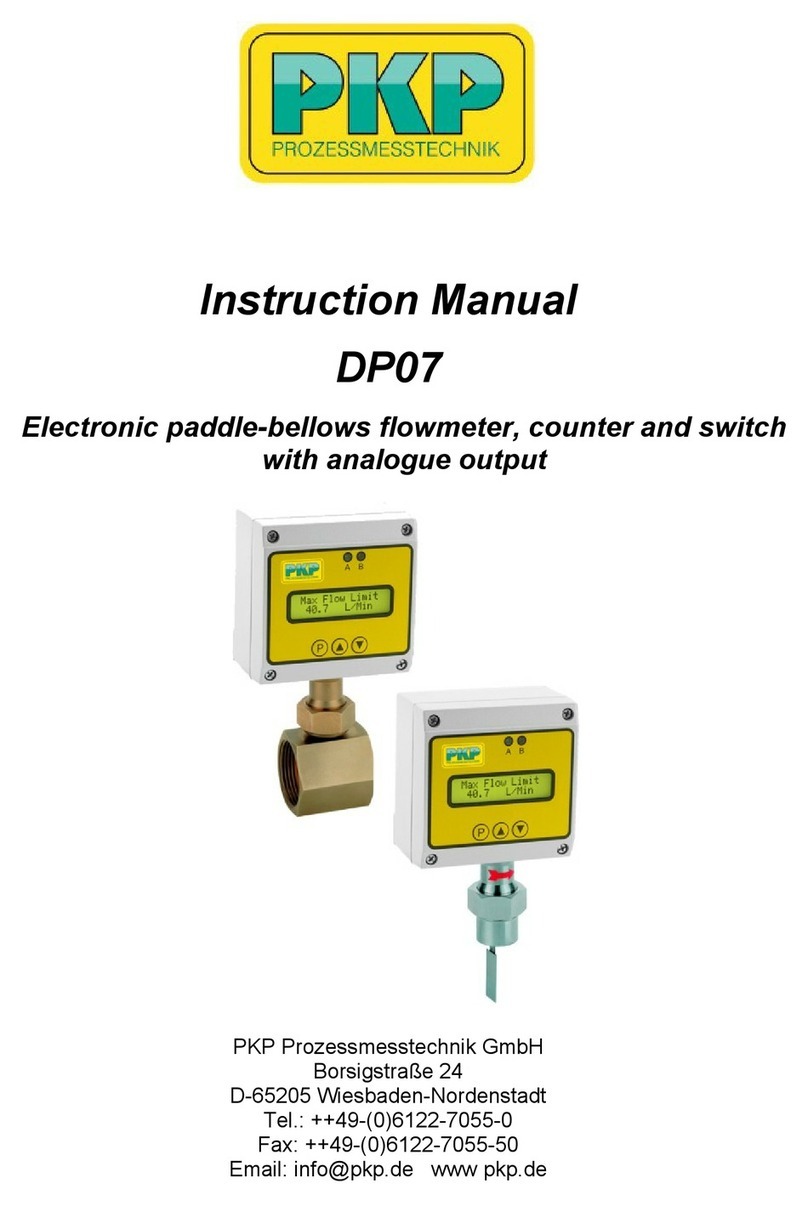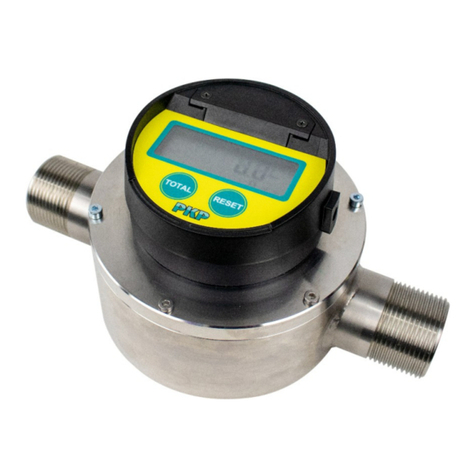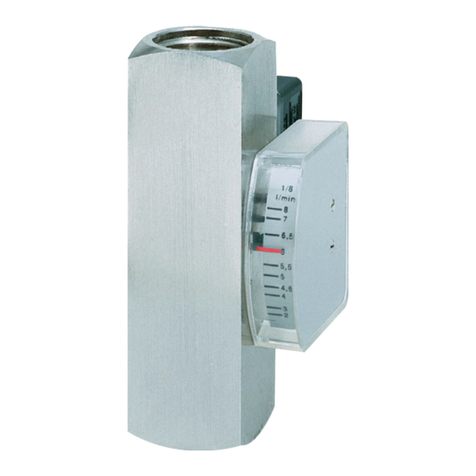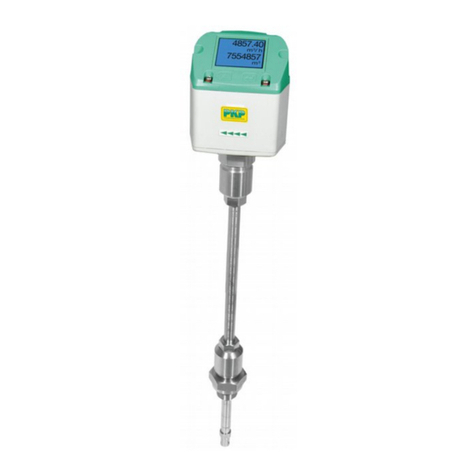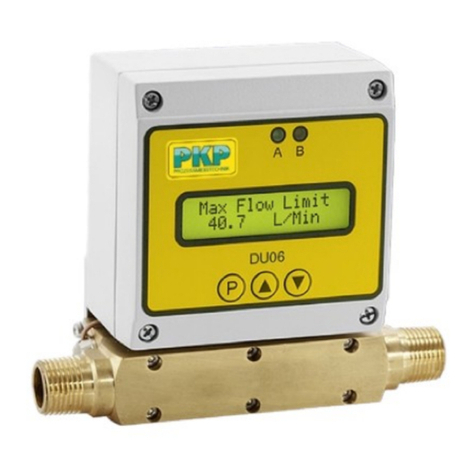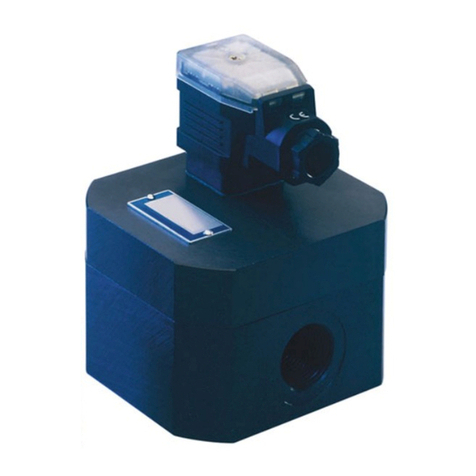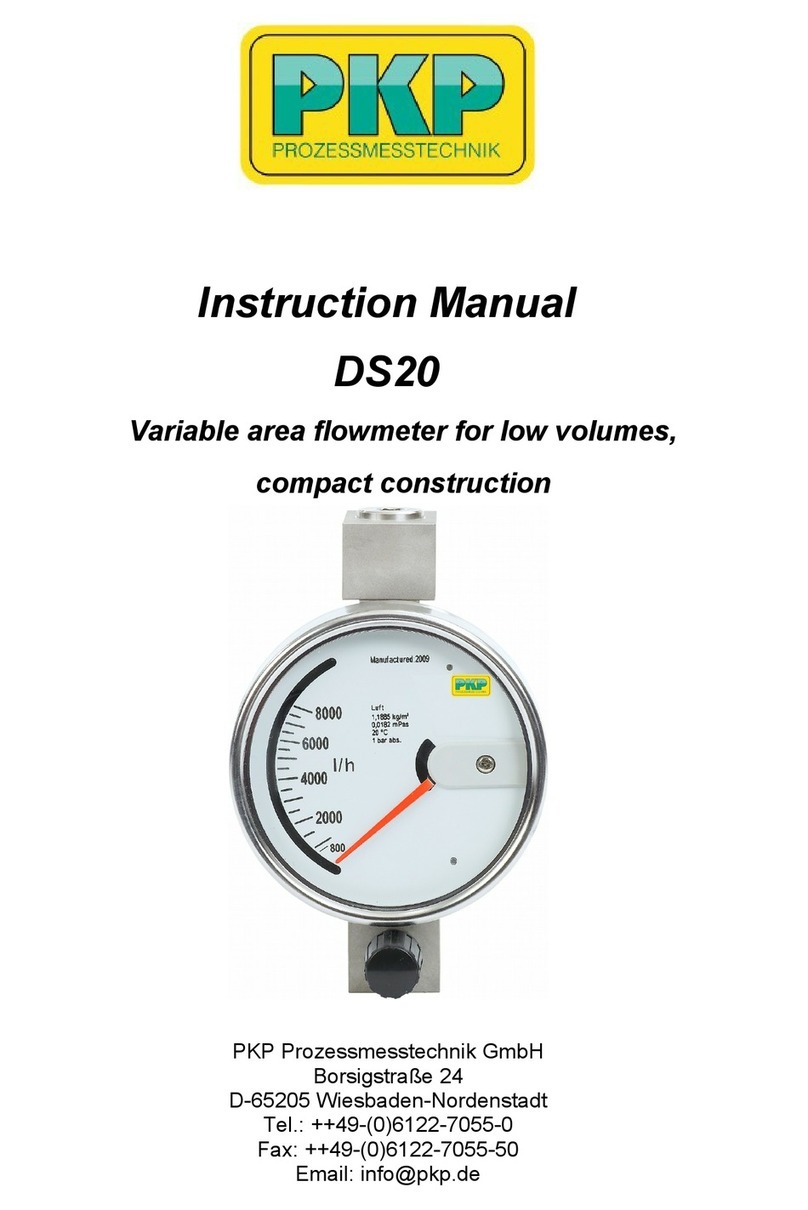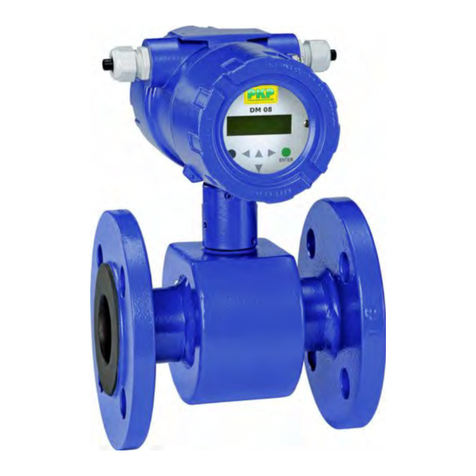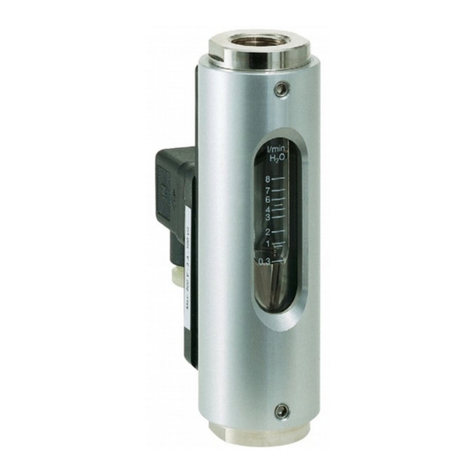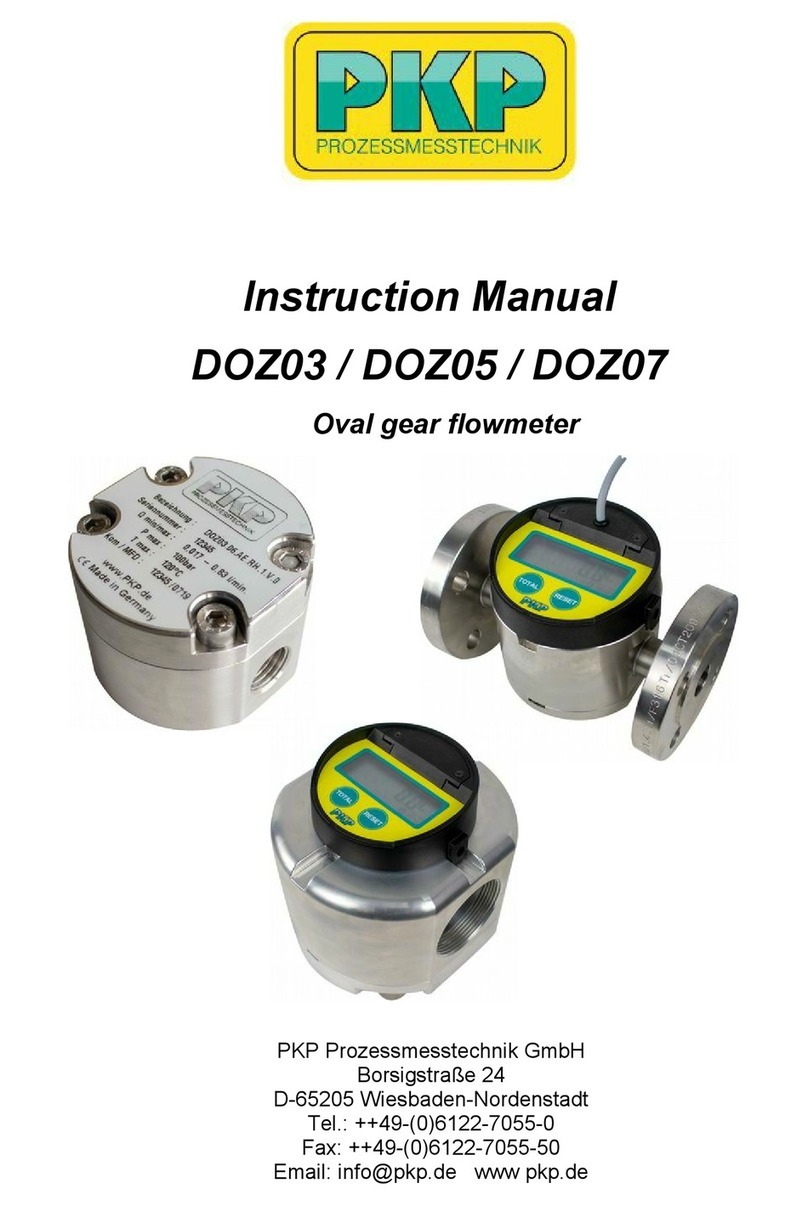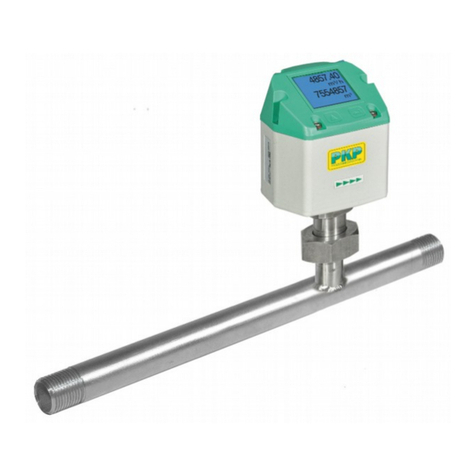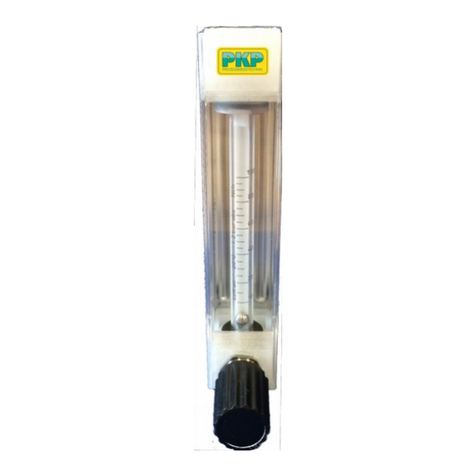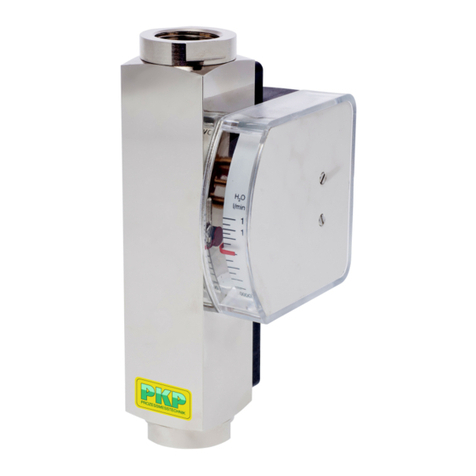Table of ontents
Safety Information..................................................................................................................2
Overview................................................................................................................................3
Installation..............................................................................................................................4
Connecting devices equipped with Reed switches................................................................6
Electrical connection..............................................................................................................8
Setting the switch point........................................................................................................11
Troubleshooting guide.........................................................................................................12
Maintenance / Maintenance plan.........................................................................................13
Degree of protection (IP-Code)............................................................................................13
Returns.................................................................................................................................13
Safety Information
General Instructions
To ensure safe operation, the device should only be operated according to the specifica-
tions in the instruction manual. The requisite Health & Safety regulations for a given
application must also be observed. This statement also applies to the use of accessories.
Every person who is commissioned with the initiation or operation of this device must have
read and understood the operating instructions and in particular the safety instructions!
The liability of the manufacturer expires in the event of damage due to improper use, non-
observance of this operating manual, use of insufficiently qualified personnel and unau-
thorized modification of the device.
Proper Usage
The variable area flowmeters of the DS03 series are used exclusively for monitoring and
indicating continuous flows of gaseous and liquid media that do not attack the materials
used. All other usage is regarded as being improper and outside the scope of the device.
Process conditions:
liquid media: -20...+100 °C (optional 160 °C), 10 bar
gaseous media: -20… +80 °C, 10 bar
In particular, applications in which shock loads occur (for example, pulsed operation)
should be discussed and checked in advance with our technical staff.
In particular applications in which shock loads occur (e.g. intermittent operation) should be
discussed and checked in advance with our technical staff.
Do not use flow monitors with fast-switching valves.
The series DS03 flow meter devices should not be deployed as the sole agents to prevent
dangerous conditions occurring in plant or machinery. Machinery and plant need to be
designed in such a manner that faulty conditions and malfunctions do not arise that could
pose a safety risk for operators.
DS03 Instruction manual 03/2020 page 2












